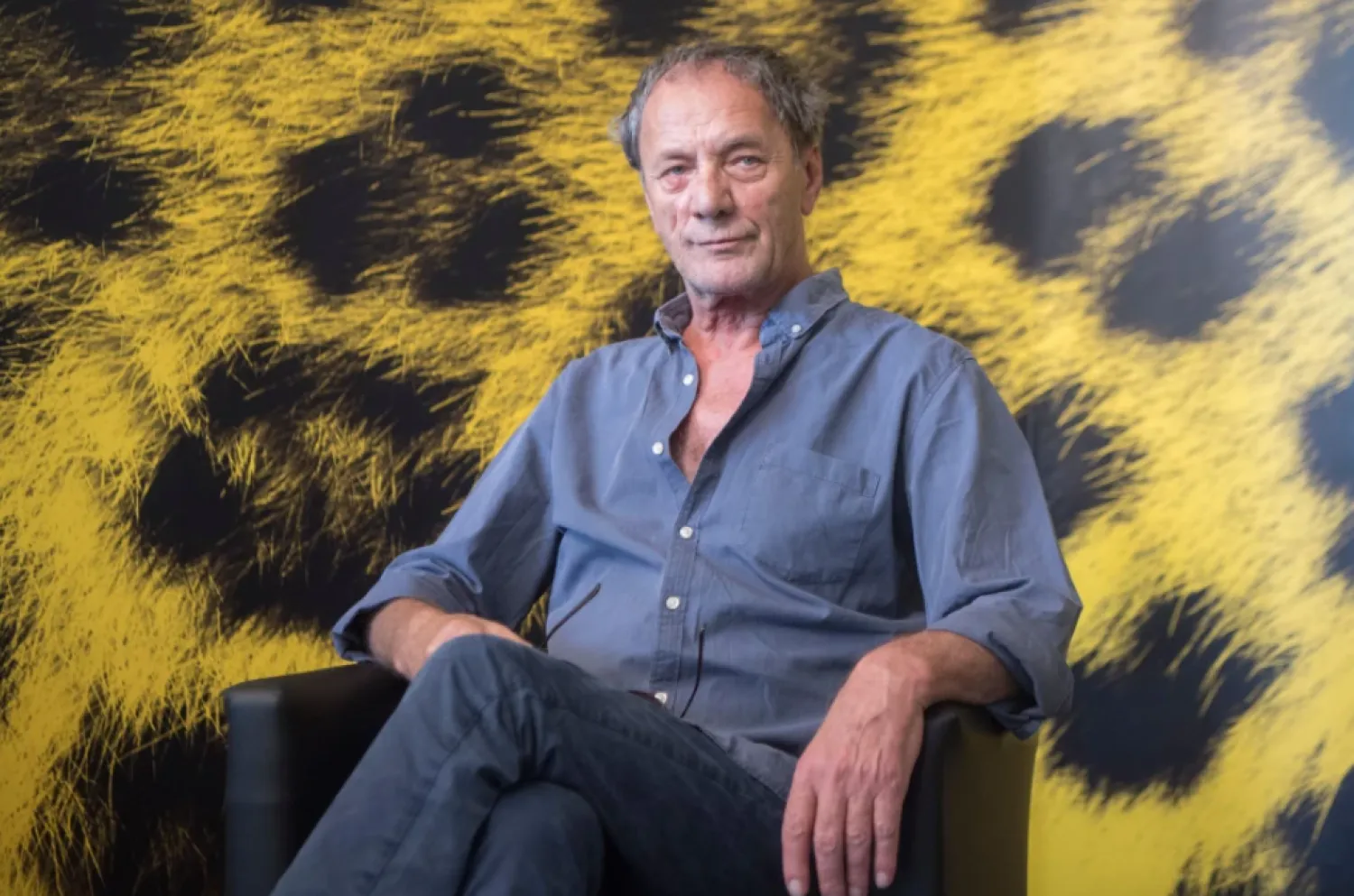A new study demonstrates a method for slowing down light that promises to be one of the most useful approaches yet.
The researchers behind the breakthrough, from Guangxi University and the Chinese Academy of Sciences in China, say that their method could benefit computing and optical communication.
Light zipping through the emptiness of space moves at one speed and one speed only - 299,792 kilometers (about 186,000 miles) per second. Yet if you throw a mess of electromagnetic fields into its path, such as those surrounding ordinary matter, that extraordinary velocity starts to slow.
Most transparent materials will slow light by a tiny fraction. It's the changes in speed that cause light to bend as it passes from one medium to another.
But really putting the brakes on requires special materials like photonic crystals or even super-chilled quantum gases.
"We envision that our work provides an entirely new direction for realizing ultra-strong light-matter interactions in nanophotonic chips," write the researchers in their published paper.
The new method builds on what's known as electromagnetically induced transparency (EIT), which uses a clever bit of laser trickery to manipulate electrons inside gas that's stored in a vacuum – essentially turning it from opaque to transparent, reported the Science Alert website. This means laser light can pass through, but because of how it has been manipulated, it also slows down. That makes it very interesting for physicists, but the approach also means a lot of the light and energy is lost along the way.
To reduce this loss and improve the whole system's efficiency, the researchers took some of the principles of EIT in controlling light and designed a new material to slow down light.
The material is a kind of metasurface (a synthetic, 2D structure with properties unlike any in nature).
The metasurfaces designed by the team were made from very thin layers of silicon – like today's computing chips – and were shown to be much better than existing options.
Based on the results obtained by the researchers, light can be slowed down by more than 10,000 times in this system.
At the same time, the light loss is reduced by more than five times compared with other comparable methods. Key to the new approach is the way that the tiniest building blocks of the metasurface (known as meta-atoms) are positioned. In this case, they're essentially close enough to merge together, which in turn affects the way that light is handled as it passes through.
The end result is all of this complex science is better control over how light travels.
As light plays such a key role in everything from broadband internet to quantum computing, there's a multitude of potential applications.
It's not the only way that scientists have found to further slowdown light, beyond the natural slowing that happens in substances like water, but its effectiveness and its scalability make it a promising option for further study.
"With these findings, our study opens a new route for tailoring light flow in metasurfaces," write the researchers.









